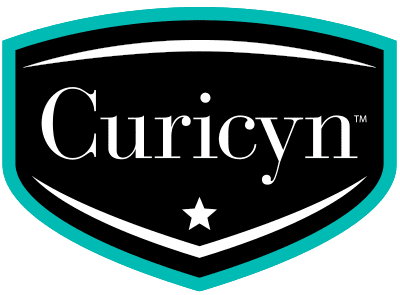The Most Common Wounds in Horses and Large Animals
Wounds in horses, cattle, and other large animals can be as minor as a scratch from a wayward branch or as major as being impaled on a fence post. Knowing what kind of wound you’re looking at can be helpful to you in deciding what to do next, including applying over-the-counter wound care products.
The five most common wounds in large animals include:
Scrapes/abrasions – Partial-thickness wounds that only penetrate the outer few layers of skin. These usually aren’t initially serious, but they can quickly become infected without proper care and lead to a more serious outcome.
Lacerations – Jagged, uneven tears in the skin caused by a blunt object like a wire. Lacerations are frequently full-thickness (into the muscle below the skin) and bleed a lot.
Incisions – These are cuts in the skin with smooth edges caused by sharp objects such as glass or metal. They can be partial or full-thickness wounds.
Puncture wounds – A hole in the body caused by a penetrating object, including teeth. Punctures can be easily overlooked, as they may be small and very dangerous. However, if joints or hooves are involved, immediate veterinary care is necessary. In addition, because bacteria are pushed far into the body during the injury, puncture wounds can lead to deep tissue infections that likely require antibiotics and a tetanus shot to resolve.
Contusions – These are bruises caused by a blunt object – think of a kick from another animal. Despite the lack of surface bleeding, they can be serious, depending on their location and level of internal bleeding.
There are several Curicyn products that can aid in healing large animal wounds*, all of which are non-toxic and safe for use on all animal species:
- Curicyn Original Wound & Skin Care Formula can help irrigate and cleanse wounds with no stinging or burning on application, removing harmful bacteria and helping expedite the healing process.
- Blood Stop Powder slows blood flow by constricting local blood vessels and capillaries.
- Wound Care Clay is especially helpful on areas that are difficult to bandage, such as lower leg wounds or hooves. It promotes faster healing using a combination of bentonite clay, our Curicyn’s Original Formula, and aloe.
- Hoof Care: A single application kit that can soak a hoof for up to 36 hours, aiding in the healing of puncture wounds and other hoof injuries.
Finding your animal wounded can be scary, but knowing what you’re looking at and how to handle it goes a long way toward achieving the best possible outcome. Keeping Curicyn products stocked in your first aid kit and your veterinarian’s number handy will help you feel secure that you can handle any wound your animal may have.
*Wounds may require veterinary treatment, depending on their severity.
